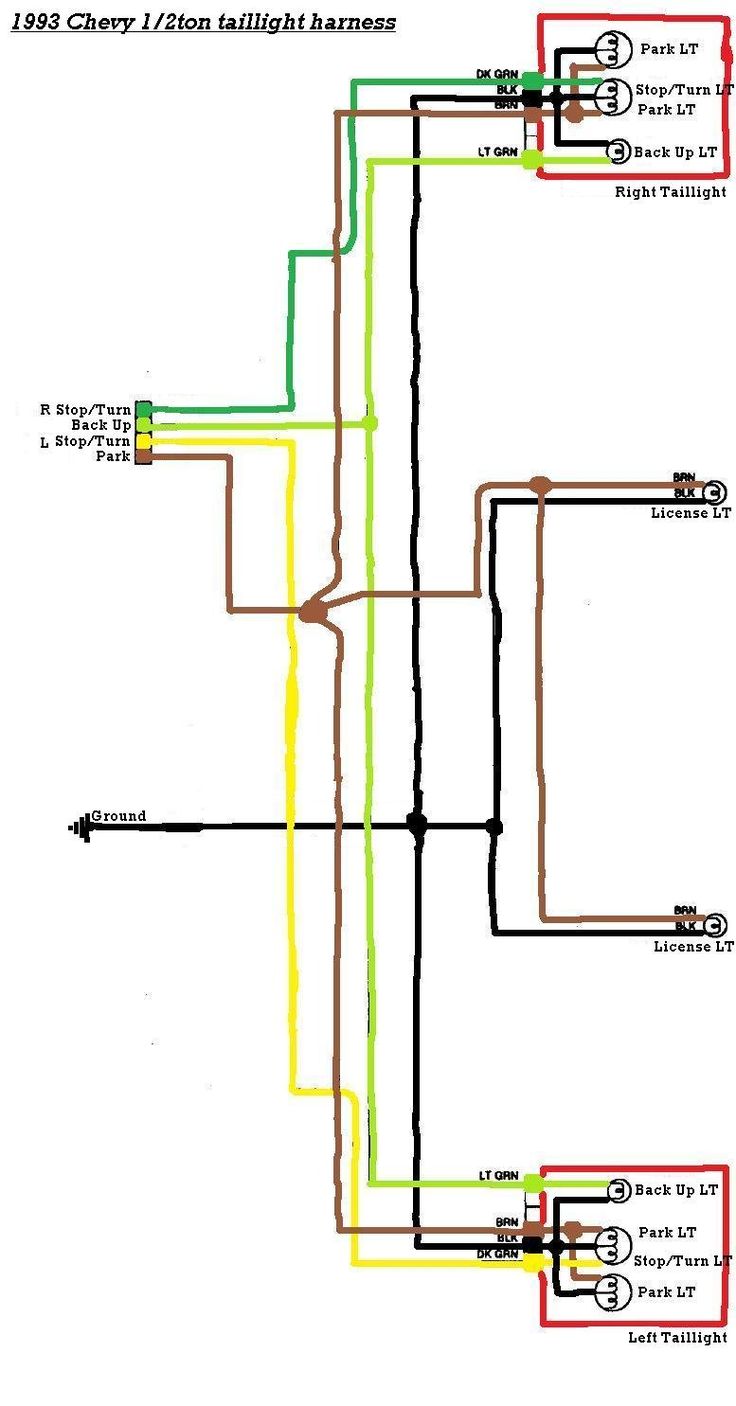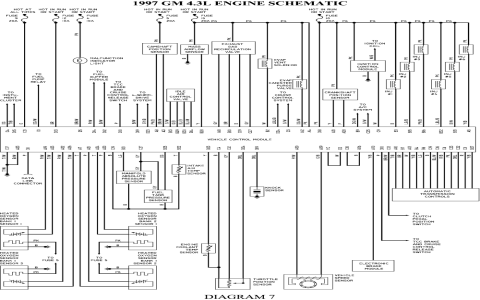Chevy Stop, Turn, Tail Light Wiring Essentials
Understanding Chevy wiring diagrams for stop lights (brakes), turn signals, and tail lights is crucial for rapid diagnostics and repairs. These circuits share a common grounding system but have distinct power paths controlled by switches. Typically, a faulty issue arises from bulbs, fuses, or loose connections, enabling quick fixes with basic tools like a multimeter.
Typical Wire Functions and Color Codes
Chevy vehicles use standardized colors for easy identification, though variations exist by model year. Here's a simplified overview:
- Stop Light (Brake): Powered by the brake light switch; wire often brown or red.
- Turn Signal: Managed by the turn signal switch; wires typically green (right) and yellow (left) for rear lights.
- Tail Light (Running Lights): Always-on circuit; wire frequently gray or brown.
All circuits ground through black wires connected to the vehicle chassis. Verify connections start at the fuse panel under the dashboard, where a dedicated fuse protects each light type.

Common Problems and Fast Solutions
For swift repairs, focus on these frequent failures:
- No Lights or Dim Operation: Check fuse integrity using a multimeter—replace if blown (commonly 10A-15A for lights).
- Intermittent Signals: Inspect bulb sockets for corrosion; clean contacts with electrical cleaner to restore conductivity.
- Single Light Failure: Swap bulbs between sides—if the issue moves, replace the bulb.
Always disconnect the battery before handling wires to prevent short circuits and ensure safety during work.
Safety and Verification Tips
After repairs, test all lights with ignition on: operate brakes, turn signals, and running lights. If issues persist, trace wires for breaks using continuity tests. Avoid modifications to stock wiring to maintain reliability. Professional consultation is advised for complex faults involving switches or modules.

